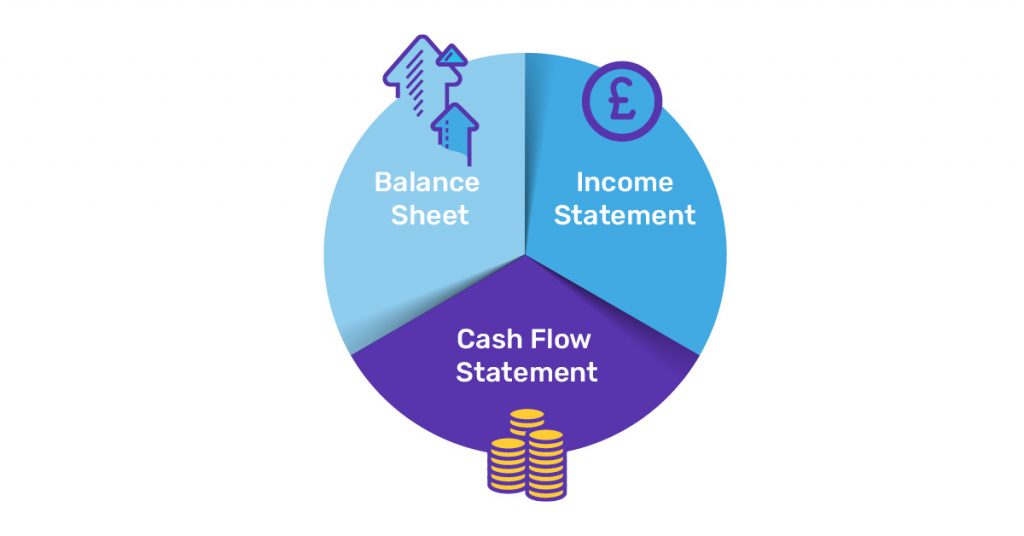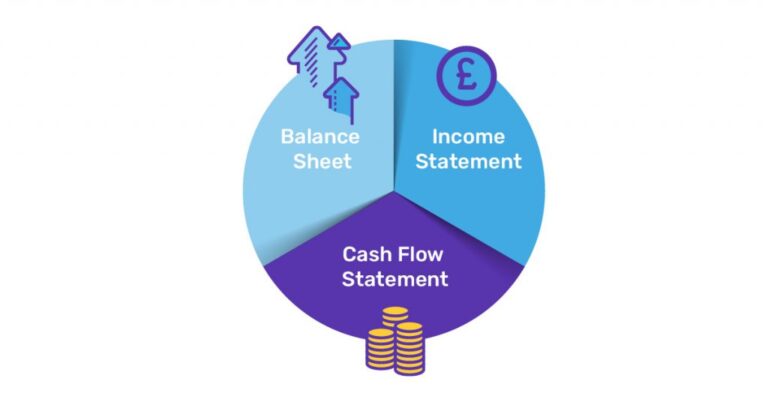Establishing a successful business starts with bootstrapping, a crucial phase in the entrepreneurial process. During this initial phase, entrepreneurs harness their resources—such as savings, skills, and ingenuity—to launch their ventures, often preceding external funding.
This self-reliant approach fosters creativity and resilience and allows founders to maintain complete control over their business decisions and direction. In this comprehensive guide, we will delve into the nuances of bootstrapping, offering practical strategies and insights to help aspiring entrepreneurs navigate this essential phase with confidence and effectiveness. Whether you are just starting or looking to refine your approach, this guide will equip you with the knowledge to thrive in the world of self-sufficient growth.
What is Bootstrapping?

Bootstrapping involves using personal savings, revenue generated from early sales, and sweat equity to fund a startup. This approach allows entrepreneurs to control their business completely while minimising debt and dependency on outside investors. By relying solely on their resources, founders can refine their ideas and products before seeking external funding.
Key Characteristics of the Bootstrapping Phase
- Self-Funding: Entrepreneurs finance their ventures through personal savings or revenue generated from early sales.
- Independence: Founders retain complete control over business decisions without the pressure of investor expectations.
- Iterative Development: This phase tests, validates, and refines business concepts based on market feedback.
The Importance of the Bootstrapping Phase
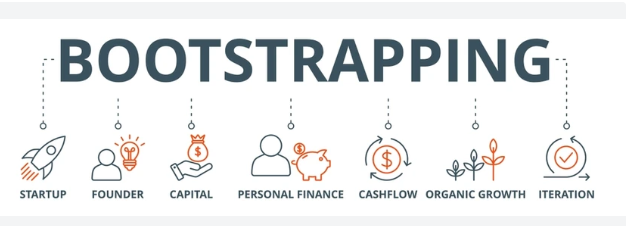
The bootstrapping phase is vital for several reasons:
- Validation of Ideas: Entrepreneurs can test their concepts in actual market conditions, enabling them to gather critical feedback and adjust their offerings accordingly.
- Building a Solid Foundation: This phase allows founders to create a robust business model and operational strategies before scaling.
- Enhanced Investor Appeal: A well-validated concept can significantly increase the likelihood of securing investment later, as potential investors are more inclined to support proven ideas.
Steps to Successfully Navigate the Bootstrapping Phase
1. Develop a Minimal Viable Product (MVP)
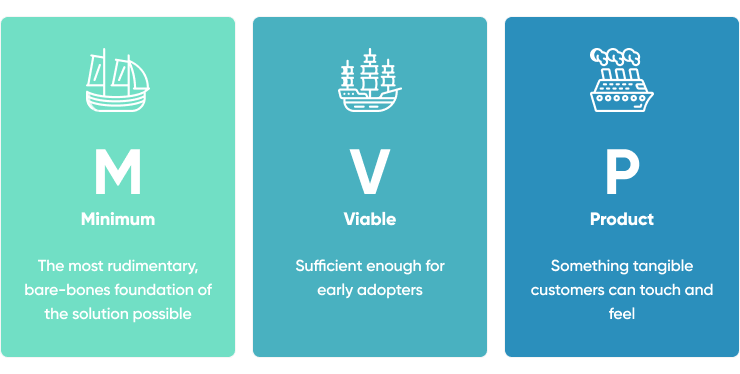
Creating a Minimal Viable Product (MVP) is crucial during bootstrapping. An MVP allows you to test your concept with minimal resources, focusing on core features that solve a specific problem for your target audience.
2. Conduct Market Research
Thorough market research is essential. Understand your target market, analyse competitors, and identify gaps your product can fill. This information will guide your development and marketing strategies.
3. Focus on Customer Feedback

Engaging with early customers is vital for refining your product. Their insights can help you improve features, adjust pricing, and enhance user experience, ultimately leading to a successful launch.
4. Implement Lean Startup Principles
Adopt lean startup methodologies to minimise waste and maximise learning. You can reduce the risk of costly missteps by iterating quickly based on customer feedback.
5. Network and Collaborate

Building relationships with other entrepreneurs can provide invaluable support and advice. Consider seeking a co-founder whose skills complement your own, enhancing your chances of success.
Common Challenges in Bootstrapping
Financial Constraints
More funds can be needed to allow growth and development. To mitigate this, create a detailed budget, prioritise essential expenditures, and seek alternative revenue streams, such as side projects or freelance work.
Time Management

Bootstrapped entrepreneurs often juggle multiple roles, from product development to marketing. Effective time management is crucial; use tools and techniques that enhance productivity.
Maintaining Motivation
The bootstrapping phase can be isolating and challenging. Regularly reconnect with your vision and seek inspiration from the success stories of other bootstrapped businesses.
Success Stories of Bootstrapped Companies
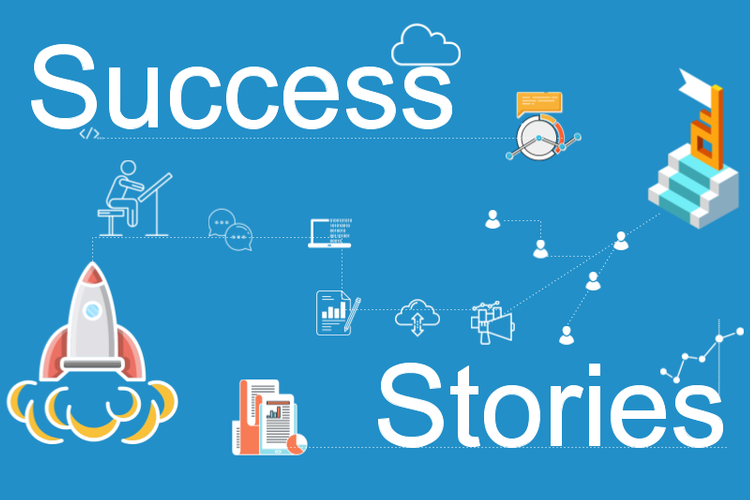
- GoPro: Founded by Nick Woodman using personal savings and a small loan, GoPro grew into a billion-dollar company with innovative products that revolutionised the action camera market.
- Gymshark: Ben Francis launched Gymshark from his mother’s garage, focusing on e-commerce. The company achieved unicorn status through strategic branding and grassroots marketing.
- Wayfair: By acquiring relevant domain names and leveraging search engine optimisation, Wayfair’s founders bootstrapped their way to a multi-billion dollar valuation.
Conclusion
Bootstrapping is a challenging yet rewarding phase for entrepreneurs, representing a unique opportunity to build a business from the ground up using limited resources. By concentrating on validating their business model through customer feedback, entrepreneurs can refine their offerings and better meet market demands. Maintaining control is crucial during this phase; it allows founders to steer their vision without external pressures, fostering a sense of ownership and commitment. Furthermore, strategic resource management enables entrepreneurs to allocate their time, capital, and talent efficiently, ensuring that every effort contributes to the company’s growth.
As they navigate this demanding landscape, entrepreneurs must remain resilient and adaptable. With unwavering determination and a clear, actionable strategy, the bootstrapping phase can lead to significant operational success and position the business attractively for future investment opportunities. The lessons learnt and relationships built during this period can prove invaluable, laying the groundwork for sustainable growth and innovation as the company evolves.



